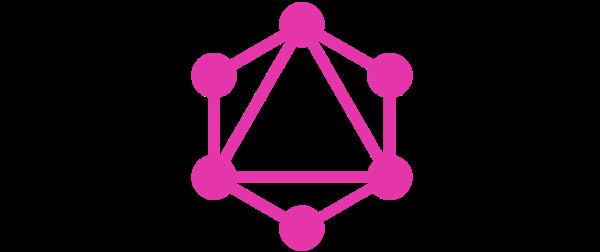Introduction to GraphQL

Introduction to GraphQL
GraphQL is an open-source data query and manipulation language was developed internally by Facebook in 2012 before being publicly released in 2015. On 7 November 2018, the GraphQL project was moved from Facebook to the newly-established GraphQL foundation which was hosted by the non-profit Linux Foundation. It provide a common interface between the client and the server for data fetching and manipulations. It is for developers.
It executes in Ruby, Scala, JavaScript and others. It provides an efficient, powerful and flexible approach to developing web APIs, It allows clients to define the structure of the data required, and exactly the same structure of the data is returned from the server, therefore preventing excessively large amounts of data from being returned, but this has implications for how effective web catching of query results can be. The flexibility and richness of the query language also adds complexity that cannot be worthwhile for simple APIs.
GraphQL supports reading, writing (mutating) and subscribing to changes to data (real-time updates)
Servers of GraphQL are available for multiple languages, including Haskell, JavaScript, Python, Ruby, Java, C#, Scala, Go, Elixir, Erlang, PHP, R, and Clojure.
GraphQL is easy to learn and strongly-typed query language that allows developers and business managers to visualize their schemas using open source Visual GraphQL Editor.
GraphQL libraries for many platforms available are -:
- GraphQL- (Node JS)
- GraphQL-ruby (Ruby)
- Graphene (Python)
- Sangria (Scala)
- GraphQL-go (Go/Golang)




